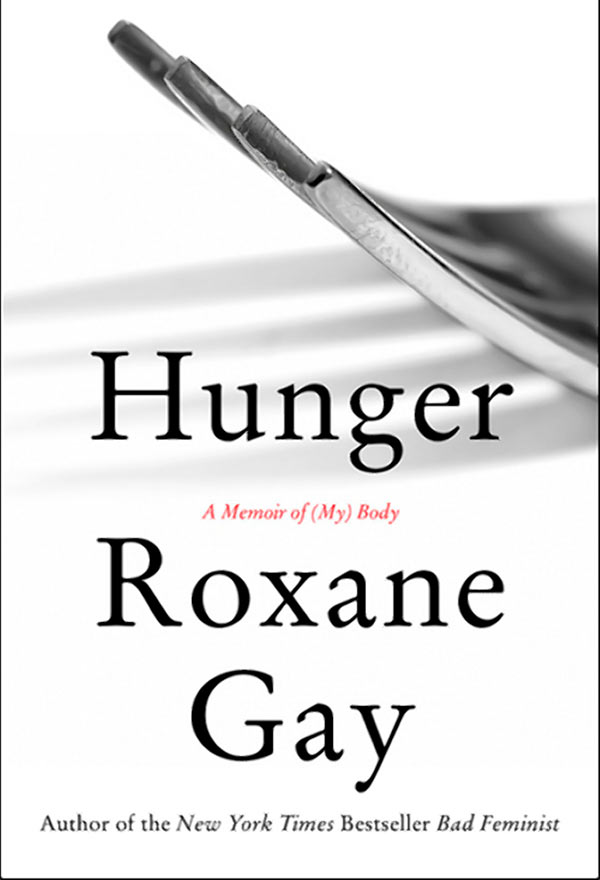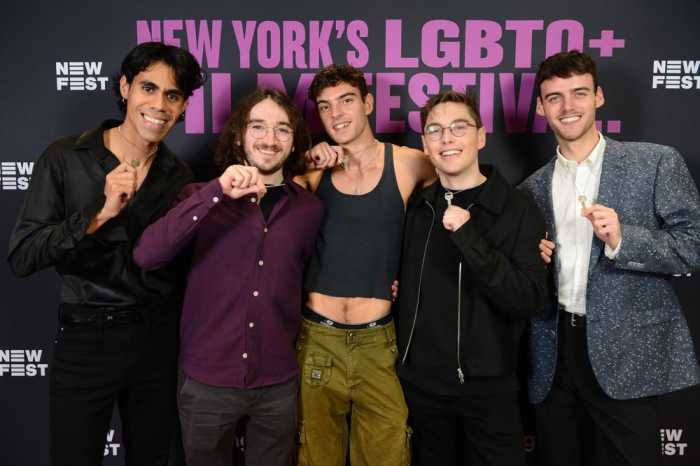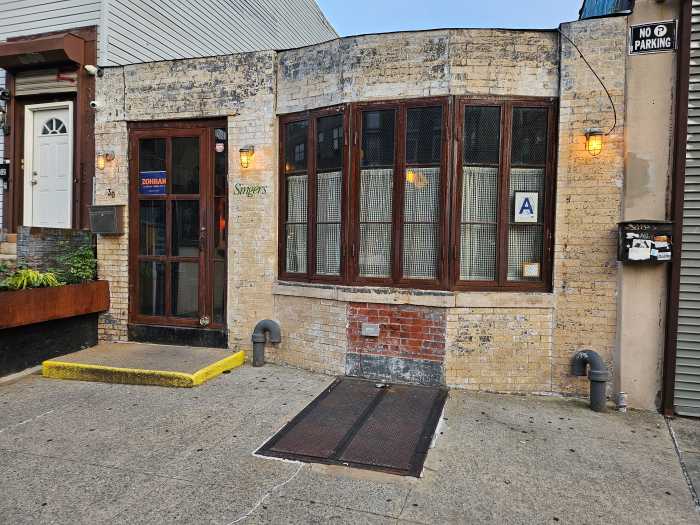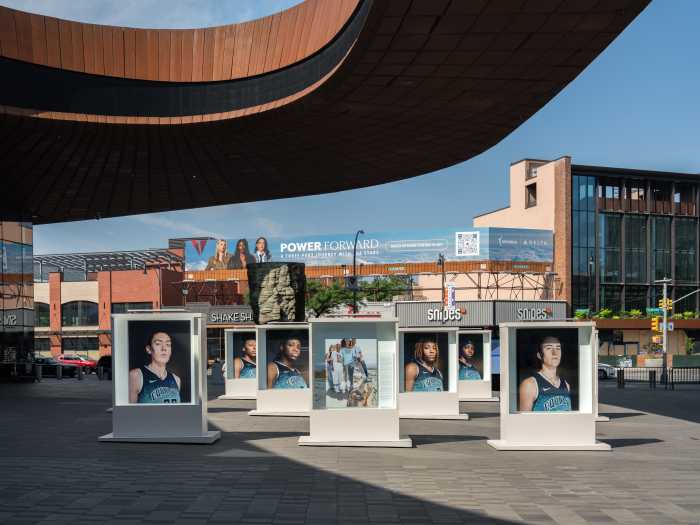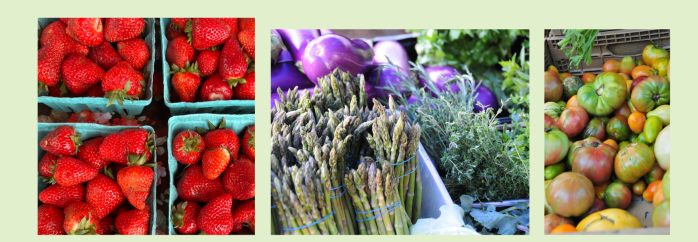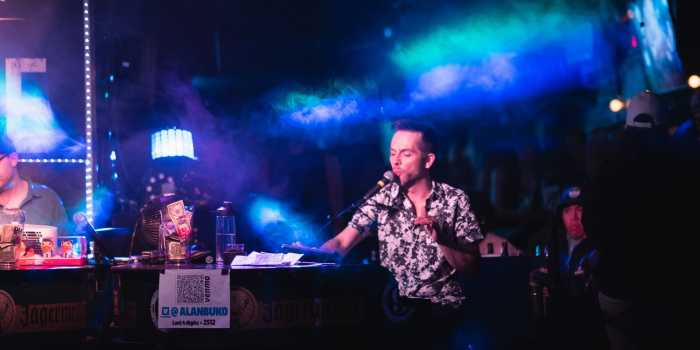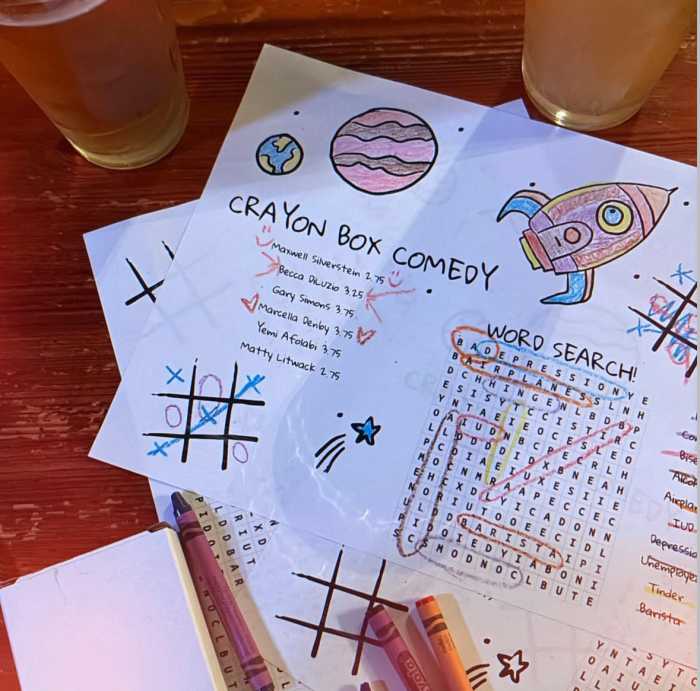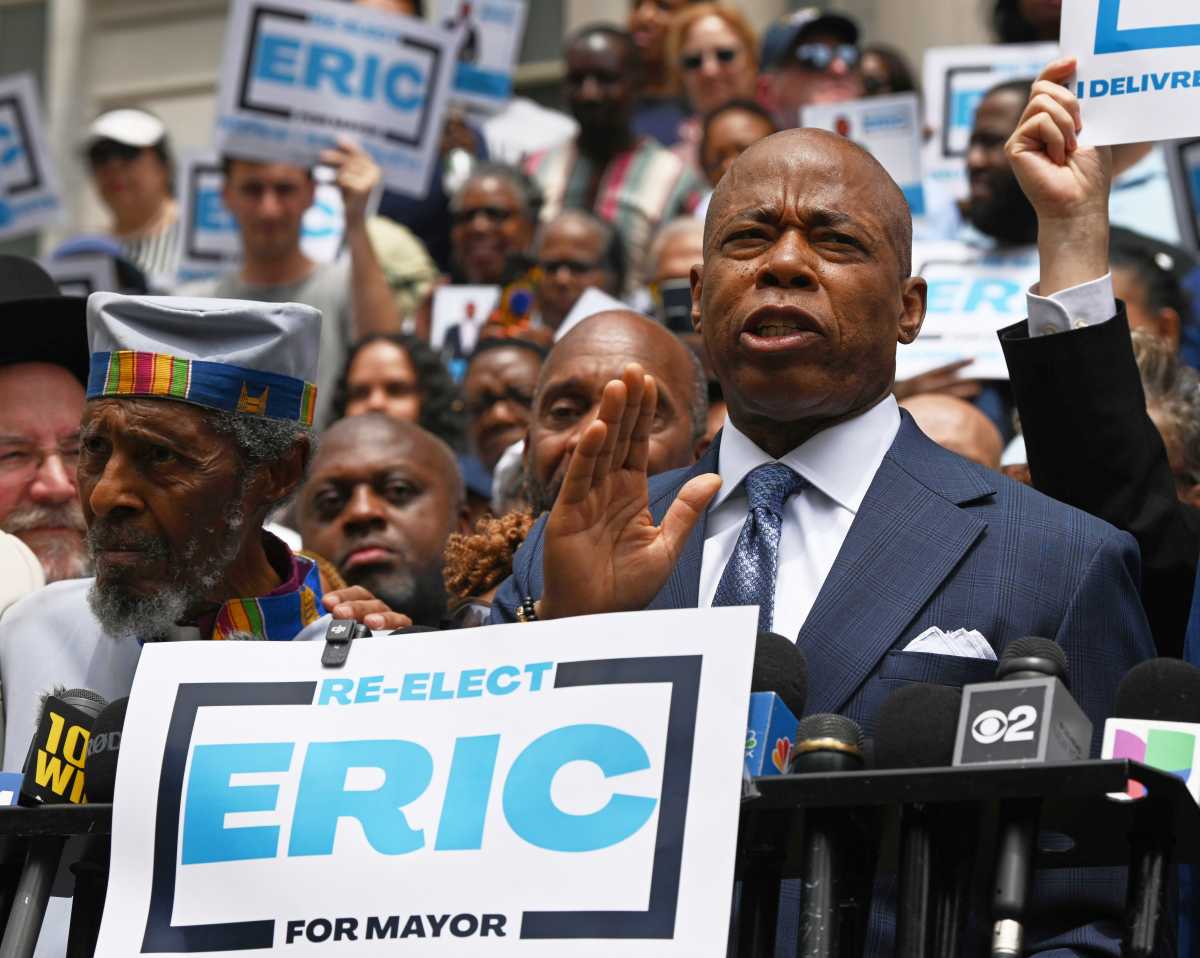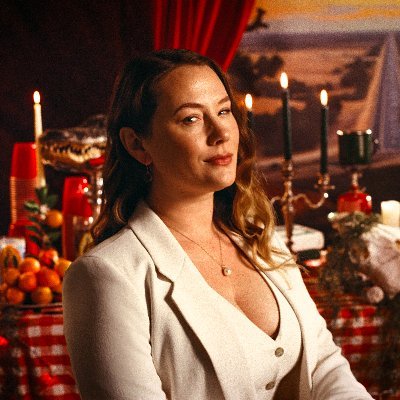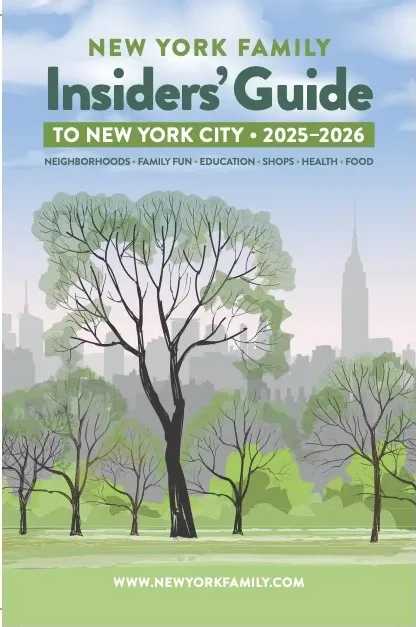Word’s pick: “Hunger” by Roxane Gay
In Roxane Gay’s new book “Hunger: A Memoir of (My) Body,” the author explores and addresses the disparity between desire for control over one’s own body and the catastrophic events that prove such influence is tenuous at best. Gay’s honesty and wit have made her essays the most shareable, her tweets the envy of the verbose, and her speaking engagements sold out. But too often people miss the mastery of story and struggle that sets her writing apart. The narrative of her body in “Hunger” is the narrative of the collective struggle to domineer for survival, when much could be learned from vulnerability. It is a narrative that engages sexuality, family history, rape, public image, and communal spaces, and it is an absolute treasure to read.
— Hannah Oliver Depp, Word [126 Franklin St. at Milton Street in Greenpoint, (718) 383–0096, www.wordbookstores.com].
Greenlight Bookstore’s pick: “Letters on Cezanne” by Rainer Maria Rilke
Fall, 1907, Paris: The poet Rainer Maria Rilke walks every day to a gallery off the Champs-Élysées to visit paintings by Cézanne. This is a good way to engage with art. Another is to read this collection of Rilke’s letters to his love, Clara, about an experience of seeing so tender that it borders on being fearful.
— Stephanie Bartolome, Greenlight Bookstore [686 Fulton St. between S. Elliott Place and S. Portland Avenue in Fort Greene, (718) 246–0200, www.greenlightbookstore.com].

Community Bookstore’s pick: “The Green Child” by Herbert Read
The only novel by the English poet and anarchist Herbert Read, first published in 1935, recounts a fantastical encounter between an elderly Englishman who goes by Olivero (an assumed name that is all that remains of his improbable early career as a South American dictator), and Siloen, a young girl with green skin who appears one day, abandoned, near his country home. Intrigued by her strange appearance and seemingly superhuman abilities, and touched by her vulnerability, Olivero takes in the child and together they embark on a bizarre journey into a strange dream-like world. A surreal fable that draws equally from medieval folklore and symbolist poetry, Read’s novel is a beautifully rendered and wholly unique work.
— Samuel Partal, Community Bookstore [43 Seventh Ave. between Carroll Street and Garfield Place in Park Slope, (718) 783–3075, www.communitybookstore.net].



